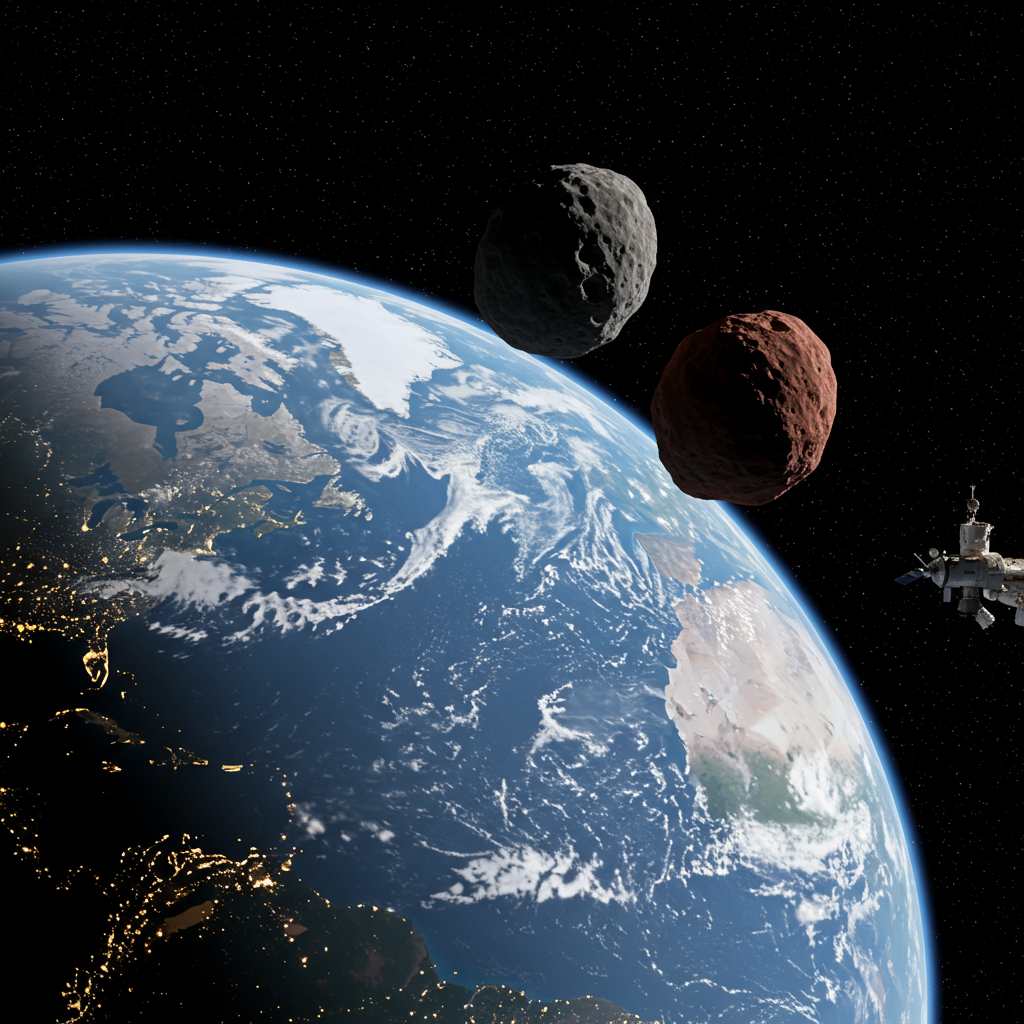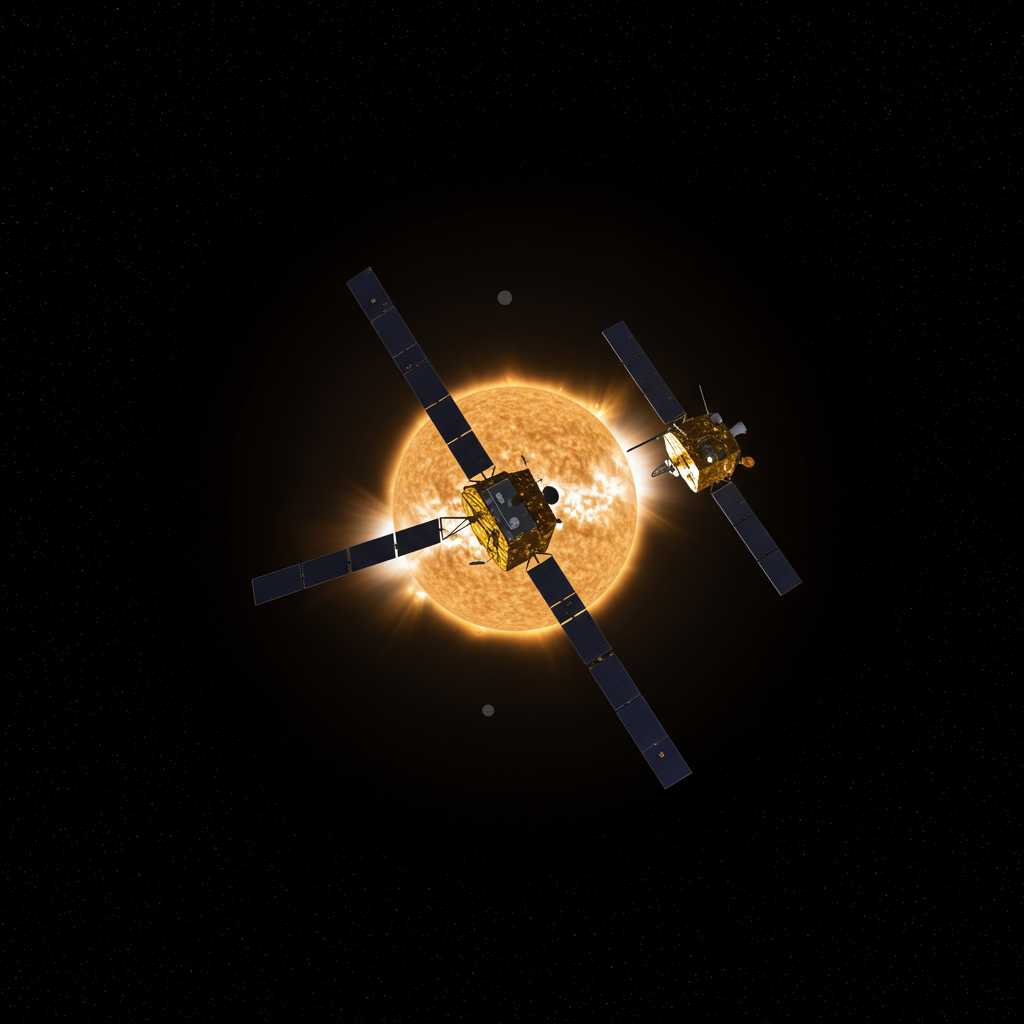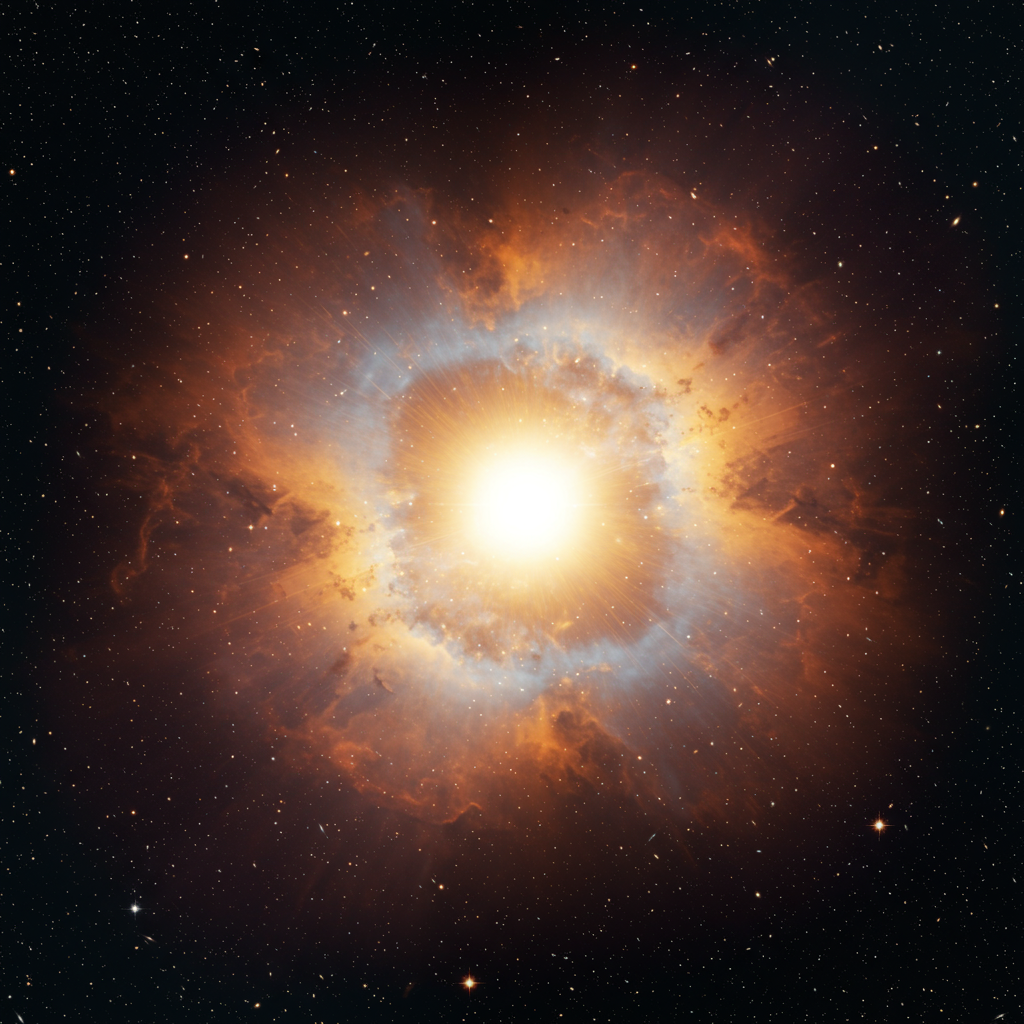Tomorrow, our planet will host two fascinating celestial visitors: a pair of near-Earth asteroids making remarkably close approaches. While headlines might spark images of cinematic space disasters, rest assured, NASA confirms neither asteroid poses any threat. This rare dual fly-by offers scientists valuable data and a captivating glimpse into our solar system’s dynamic ballet. Let’s delve into the details of these upcoming asteroid close approach events and what they mean for us.
Bus-Sized Asteroid 2025 QV5: A Century Away Until Its Next Close Call
One of the celestial objects grabbing attention is asteroid 2025 QV5. Described as being roughly the size of a small bus, this space rock measures about 35 feet (11 meters) across. According to NASA’s Jet Propulsion Laboratory (JPL) Asteroid Watch, 2025 QV5 will zip past Earth tomorrow evening. Its closest point will be approximately 500,000 miles (805,000 kilometers) away. To put that in perspective, this distance is roughly twice as far as the Moon is from our planet. The asteroid travels at an astonishing speed, exceeding 13,900 miles per hour (22,370 km/h) as it navigates its complex orbit.
Scientists at NASA actively monitor such near-Earth asteroids. They confirm 2025 QV5’s orbit takes it close to both Earth and Venus, completing a full revolution around the sun every 359.4 days. This particular pass is significant because it will be its closest for over a century. While 2025 QV5 will make other return visits in the coming years, including in 2026 and 2027, it won’t achieve this proximity again until September 4, 2125. That future encounter will see it at an increased distance of about 830,000 miles from Earth, making tomorrow’s event a truly unique opportunity for observation.
Decoding “Potentially Hazardous”: Why 2025 QV5 Isn’t a Threat
The term “potentially hazardous asteroid” (PHA) often conjures alarm, but NASA defines this classification very specifically. A near-Earth object (NEO) earns the PHA label if it passes within 30 million miles of Earth and measures larger than 460 feet (140 meters) in diameter. Asteroid 2025 QV5, at just 35 feet, falls well below this threshold. Its smaller size means that even if its trajectory were to ever change course and intersect with Earth, the vast majority of the object would burn up harmlessly in our atmosphere. This demonstrates the robust system of planetary defense and classification that NASA employs.
Airplane-Sized 2025 QD8: An Even Closer, Faster Fly-by
Adding to tomorrow’s celestial spectacle is another asteroid close approach: 2025 QD8. This object is notably larger than its counterpart, measuring approximately 71 feet (21.6 meters) in diameter—comparable to the size of a modern airplane. NASA’s Center for Near-Earth Object Studies (CNEOS) has been tracking this asteroid, which is forecast to make an even tighter pass by our planet. Its closest approach is scheduled for 10:57 a.m. EST tomorrow, September 3rd.
At its nearest, 2025 QD8 will come within just 136,000 miles (219,000 kilometers) of Earth. This is a remarkable distance, roughly 57% of the average distance between Earth and the Moon. Furthermore, 2025 QD8 travels at an impressive speed of around 28,600 miles per hour (46,000 km/h). Despite its larger size and closer proximity, NASA confirms that this space rock also poses no threat to Earth during its fly-by. For those eager to witness this celestial event, The Virtual Telescope Project plans to host a live YouTube broadcast, starting tonight at 7 p.m. EST, offering real-time views of the asteroid’s approach.
Science Meets Cinema: Asteroids in Pop Culture Versus Reality
The idea of giant asteroids threatening Earth has been a popular theme in cinema for decades. From the 1970s’ escapist narratives to more recent reflections on climate anxiety, disaster movies often tap into our deepest fears of forces beyond human control. Films like Armageddon, Deep Impact, and Greenland have vividly depicted cataclysmic asteroid impacts, shaping public perception of these near-Earth objects. These cinematic portrayals, while entertaining, often take significant liberties with scientific accuracy, prioritizing spectacle over realism.
In reality, the meticulous work of organizations like NASA’s JPL and CNEOS contrasts sharply with Hollywood dramatizations. These scientific bodies dedicate vast resources to tracking, cataloging, and analyzing NEOs. Their goal is to understand trajectories and assess potential risks, enabling a proactive planetary defense strategy. The regular asteroid close approach events, like those tomorrow, serve as crucial opportunities for research, allowing scientists to gather more data and refine their models. This ongoing vigilance ensures that genuine threats are identified far in advance, preventing any surprise “deep impact” scenarios.
NASA’s Vigilant Watch: The Importance of Near-Earth Object Monitoring
NASA’s commitment to monitoring near-Earth asteroids is unwavering. Programs like Asteroid Watch and CNEOS are at the forefront of this effort. They use a global network of telescopes and advanced computational models to track thousands of objects in our solar system. This constant vigilance is crucial for several reasons:
Risk Assessment: Accurately predicting the paths of NEOs helps determine if any pose a future impact risk.
Scientific Discovery: Close passes provide unique opportunities to study asteroid composition, shape, and orbital dynamics. This information enhances our understanding of the early solar system.
Planetary Defense Strategy: Data gathered during these events informs the development of potential deflection technologies, should they ever be needed.
The current list of known NEOs continues to grow, a testament to improved detection capabilities. While the vast majority pose no threat, the occasional close approach, like that of 2025 QV5 and 2025 QD8, underscores the importance of continued investment in space observation and planetary defense initiatives.
Frequently Asked Questions
What makes an asteroid “potentially hazardous” according to NASA?
NASA defines a “potentially hazardous asteroid” (PHA) by two key criteria: its minimum approach distance to Earth and its estimated size. An asteroid is considered potentially hazardous if it comes within 30 million miles (approximately 48 million kilometers) of Earth and* measures larger than 460 feet (140 meters) in diameter. Both 2025 QV5 and 2025 QD8, despite their close passes, are much smaller than this 460-foot threshold, which is why NASA confirms they pose no threat.
How can I watch the upcoming asteroid fly-by live?
For those interested in observing the close approach of asteroid 2025 QD8, The Virtual Telescope Project is offering a live stream. You can typically find their coverage on their official YouTube channel. The broadcast is scheduled to begin tonight, September 2nd, at 7 p.m. EST. This provides a fantastic opportunity for stargazers and space enthusiasts to virtually witness the asteroid as it makes its nearest pass to Earth.
What is NASA’s role in tracking Near-Earth Objects?
NASA, through its Jet Propulsion Laboratory (JPL) Asteroid Watch and the Center for Near-Earth Object Studies (CNEOS), plays a critical role in tracking and characterizing Near-Earth Objects (NEOs). Their mission includes identifying, cataloging, and precisely predicting the orbits of asteroids and comets that come close to Earth. This work is fundamental to our planet’s defense strategy, ensuring that any potential threats are identified far in advance, allowing for possible mitigation efforts and providing public reassurance.
Staying Informed About Our Cosmic Neighbors
The upcoming asteroid close approach by 2025 QV5 and 2025 QD8 serves as a powerful reminder of the dynamic nature of our solar system. These events, while harmless, fuel our curiosity and highlight the critical work of scientists and space agencies worldwide. Understanding these near-Earth asteroids not only expands our scientific knowledge but also reinforces our commitment to planetary defense. Stay informed, look up at the night sky (or the live stream!), and appreciate the fascinating celestial mechanics constantly unfolding around us.




